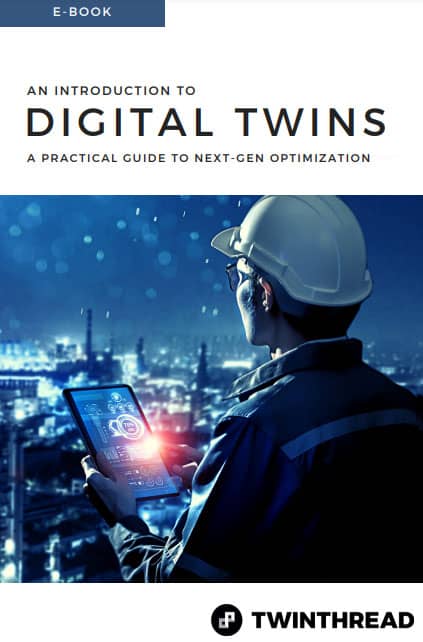Run a quick Google search on “manufacturing energy crisis,” and the results are nothing short of alarming. Across Europe, in particular, headlines characterize manufacturers as “embattled.” Some publications even raise the specter of factories “going dark” this winter.
In the United States, the news isn’t quite as dire. As a result, several outlets note that companies – including those headquartered outside of America – plan to shift production to the States to contend with the energy crunch in other parts of the world… but this is not a safe bet. With rising interest rates cresting 40-year highs and energy concerns of our own, those here in America are bracing for more uncertainty and disruption throughout the year and into ’23.
Regardless of where your operations are located, the signs are unmistakable: getting a grip on energy costs must be at the top of your “to-do” list.
Most organizations have been eying or attempting some form of energy conversation strategy for years. From LEEDS-certified construction practices on the facility side of the house to driving greater efficiency and effectiveness on the production floor, manufacturers have been cognizant of the need for meaningful change. However, achieving their energy efficiency and optimization goals has proved elusive.
Although the reasons why energy efforts fall flat are as varied and diverse as the organizations driving the initiatives, there are some common “variations on a theme” that are universal:
- Energy mandates are often made in a vacuum – Given the increased scrutiny of how manufacturers impact global warming, organizations create goals that are divorced from reality. Proclamations that a company will “reduce energy consumption by X%” by some arbitrary date are rarely made in full consultation with operational leaders who are also responsible for meeting throughput, quality, and production goals. Turning the dial down on energy consumption often negatively affects other KPIs used to measure the business.
- Energy optimization efforts are frequently siloed – For optimization efforts to become both effective and enduring, they must be made using a holistic, data-driven approach. This means gaining deep insight into your various production processes, understanding where and how processes are interconnected, and understanding how making changes in one area impacts the others.
- Inability to quickly move from “insights” to “action” – Gaining insight and developing an action plan is essential. Still, no savings will be realized, and no efficiencies will be gained until those plans are put to work. Many organizations struggle with the “last mile” of execution. If the delay is lengthy enough, the parameters likely change and the plan needs to be refactored using more up-to-date information.
These barriers to success may initially seem overwhelming, but the technology to quickly and successfully address energy optimization efforts already exists. You also likely have all the data you need to develop and implement an approach that will benefit your business for years to come.
What most organizations lack, however, is a single, cohesive, unified approach to viewing that data, collaborating on what that data reveals, and making meaningful, measurable changes.
Digital twin platforms, the insights they provide, and the digital threads they create are incredibly effective ways to make energy optimization and conservation efforts a reality. Better still, these platforms ensure that positive changes can be sustained and shared across the enterprise.
But not all digital twin technologies are created equal. TwinThread, for example, is the only digital twin platform that takes the entire process one step further. Instead of merely recommending the steps necessary to optimize energy utilization, the TwinThread platform can proactively (and predictively) make those changes on your behalf. With this capability within your organization, you’ll gain the agility you need to keep ahead of the competition and thrive within even the harshest and most unpredictable economic conditions.
To learn more about our approach, join us on November 2nd for “Mitigating the Industrial Energy Crisis,” an outcome-driven webinar showing you how to take action against this latest global challenge.

October 20, 2022
